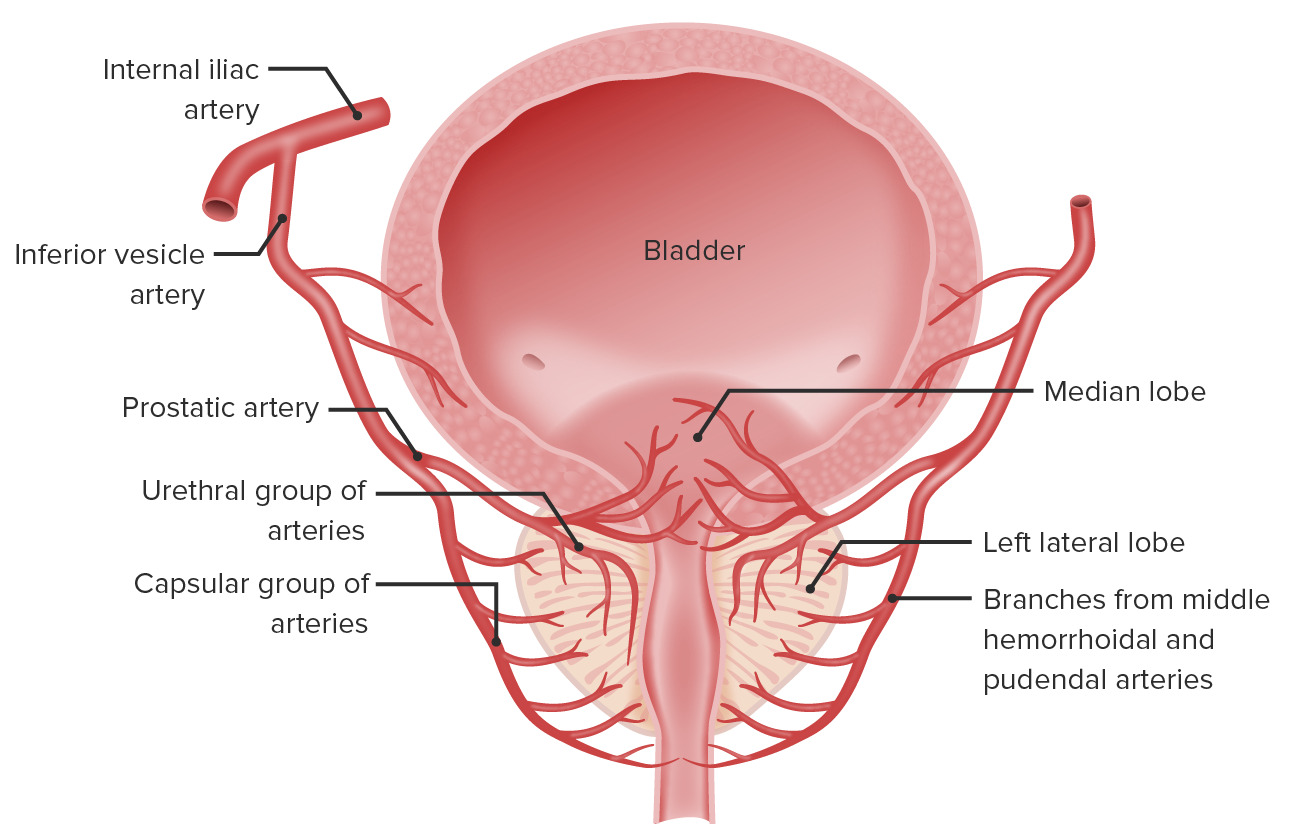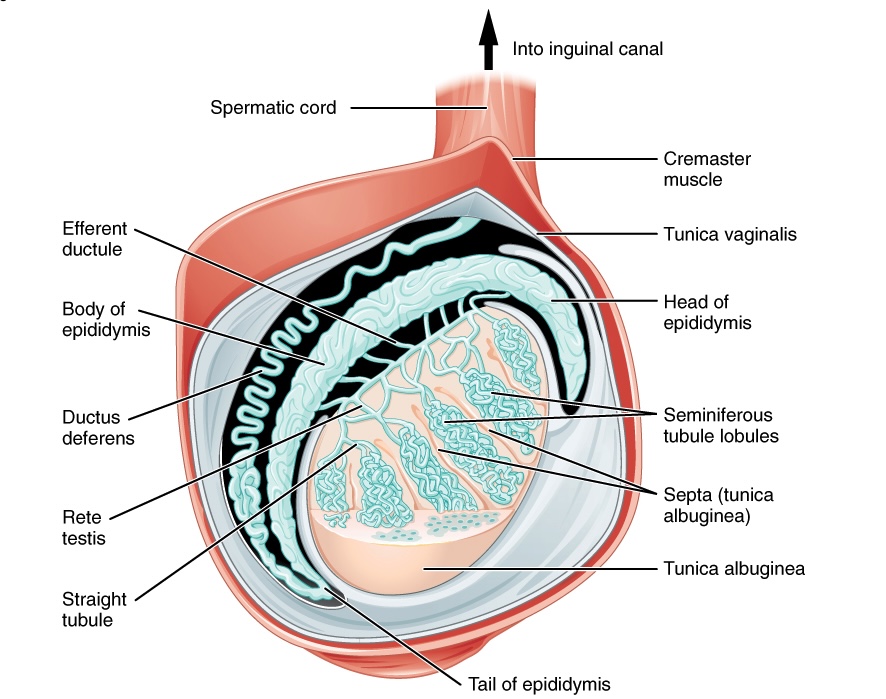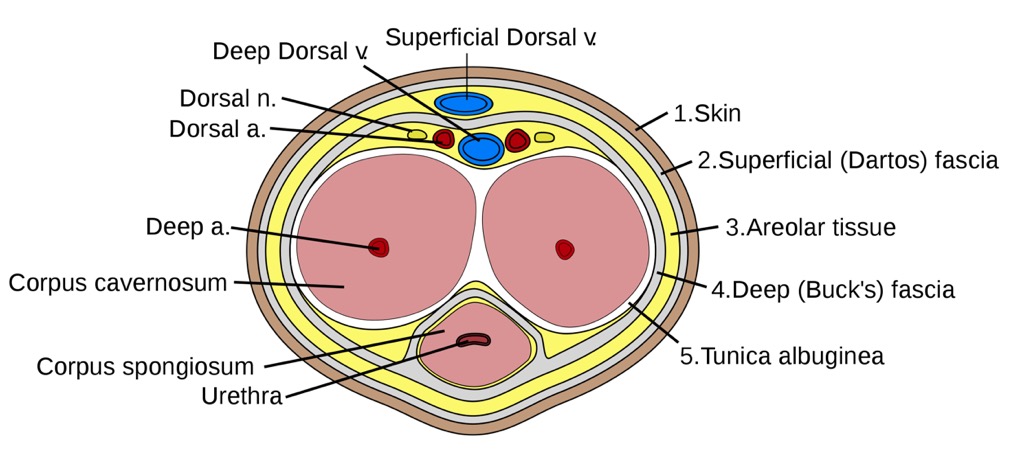Playlist
Show Playlist
Hide Playlist
Testis: Mature Spermatozoon – Male Reproductive System
-
Slides 06 Human Organ Systems Meyer.pdf
-
Reference List Histology.pdf
-
Download Lecture Overview
00:00 I show you this slide to illustrate two points. Firstly, what is dominant in this slide is the diagram. It shows you a mature spermatozoon. It has got a head, a body, and a tail. And it’s a reason from the whole process of spermatogenesis that I’ve just described. That process takes about 74 days. One other point I want to emphasize before we move on, and that is that when the spermatogonia go through successive phases of mitotic division coming from the very early stem cell I first mentioned, when they divide, they don’t entirely separate structurely. There is continuity with their cytoplasm all the way through division, and then all the way through the process of the meiotic divisions I've described as well. 01:11 So the spermatogonia, dividing into a primary spermatocyte, then a secondary spermatocyte, and then going into this spermatid phase, those spermatogenesis, all those cells, derived from one particular spermatogonia, actually are linked together. And so often when you look at sections through the seminiferous tubule, you’ll see regions of the tubule where you’ll see one cell type predominantly, and that’s because of this linking together of cells going through various phases of spermatogenesis.
About the Lecture
The lecture Testis: Mature Spermatozoon – Male Reproductive System by Geoffrey Meyer, PhD is from the course Reproductive Histology.
Included Quiz Questions
What is the correct sequence of cells during spermatogenesis?
- Spermatogonium-primary spermatocyte-secondary spermatocyte-spermatid
- Spermatogonium-primary spermatocyte-spermatid-secondary spermatocyte
- Spermatogonium-spermatid-primary spermatocyte-secondary spermatocyte
- Primary spermatocyte-secondary spermatocyte-spermatid-spermatogonium
- Primary spermatocyte-secondary spermatocyte-spermatogonium-spermatid
Customer reviews
5,0 of 5 stars
| 5 Stars |
|
5 |
| 4 Stars |
|
0 |
| 3 Stars |
|
0 |
| 2 Stars |
|
0 |
| 1 Star |
|
0 |






